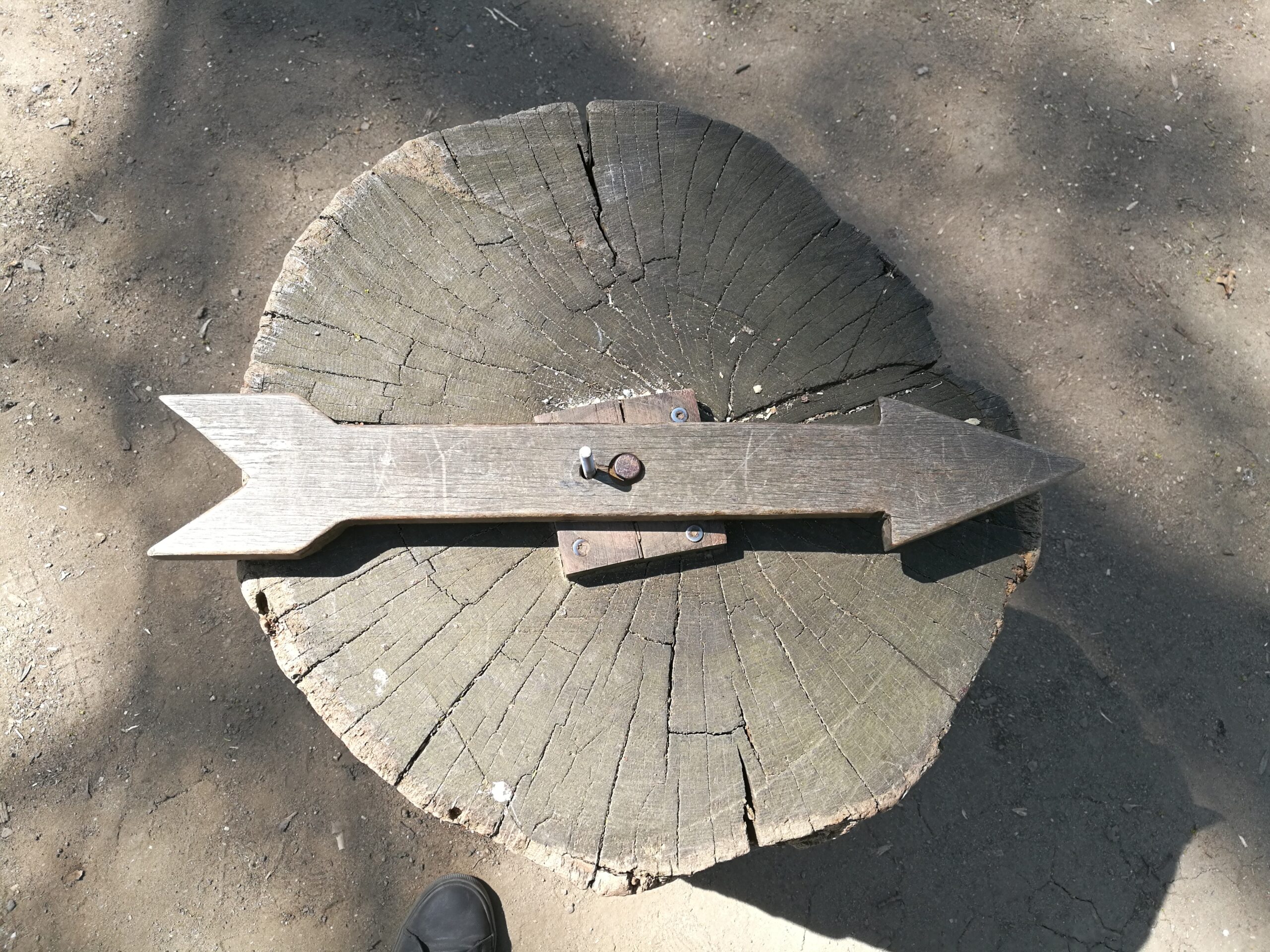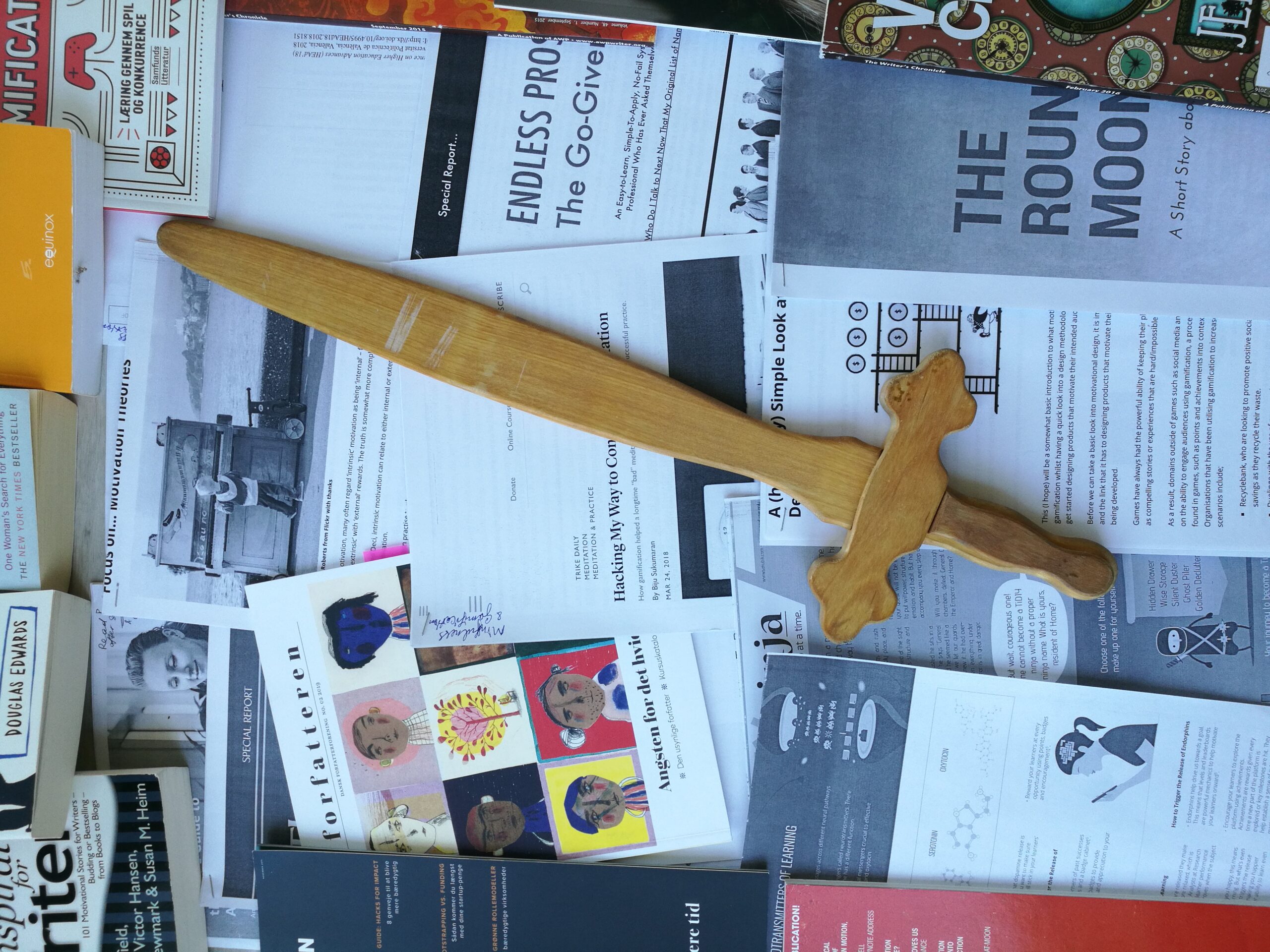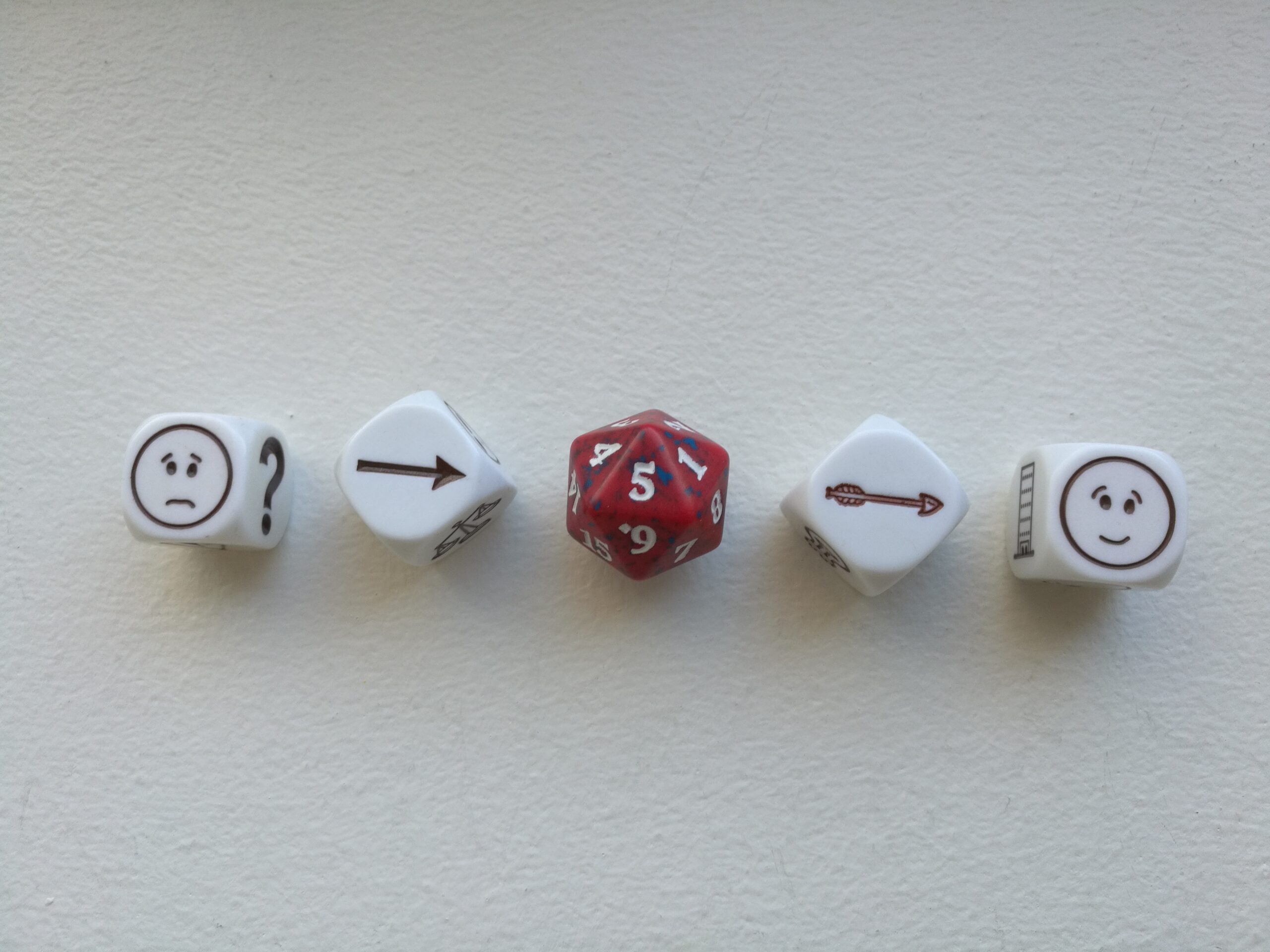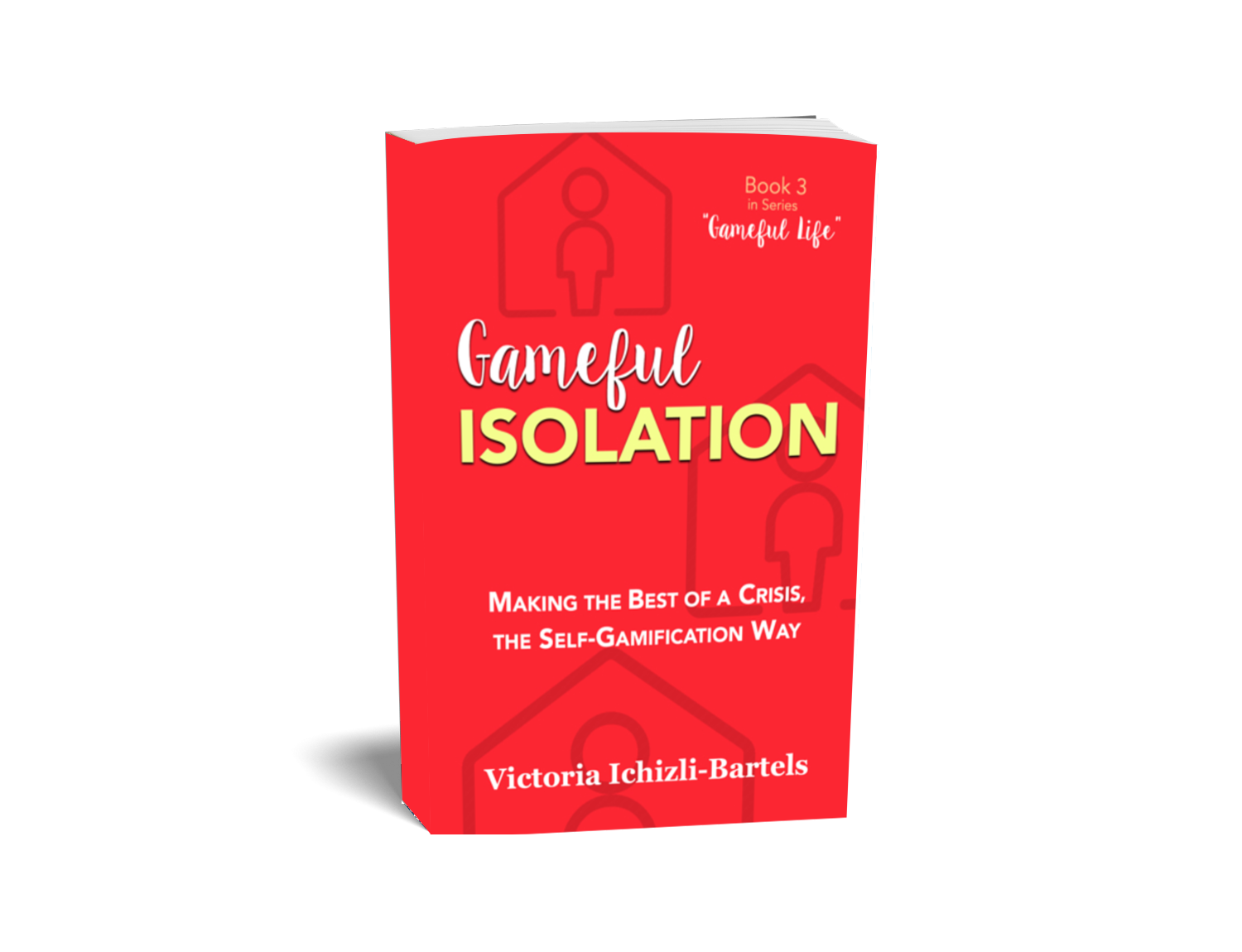 Photo by Adi Goldstein on Unsplash
Photo by Adi Goldstein on Unsplash
(An excerpt. Read the full article on Medium)
Definition of a setup
So, we have a great goal in the Self-Gamification game. Now, it’s time to think of a setup defining the frames, in which the Self-Gamification game player in you can reach the goal of making your project feel like a brilliant game for the project game player part of you.
Before looking at the setup of the Self-Gamification game, let’s find out what the word “setup” means in general and in games.
In general, a setup is:
“the way in which things are organized or arranged.” — Cambridge Dictionary
In video games, it would be the hardware and the software you need to set up to play a specific game.
In a board or a card game, these would be one or more boards, decks of cards, dice, figurines, and possibly others.
The description of how to lay out the tools you have so that you can start playing the game also belongs to the setup.
The setup in the Self-Gamification game
So what is the setup in the Self-Gamification game?
Hm, that is a tricky question.
Once, I wrote a little book, 5 Minute Perseverance Game, and I wrote it before I had heard about gamification. I structured this book as a description of a board game. Like most board game descriptions, it has a section called “Setup.” It’s short in the book, so I quote it in full length here, and I also add the title and the beginning of the subsequent section called the “Flow of Play and Rules.”
“Setup
You put yourself in front of what your project demands to be carried out. That could mean a notebook and a pen or a computer for a writer, a guitar and sheet music for an aspiring musician, or a dictionary and exercise book for a language learner and so on.
Then you sit, stand, lie down, or take whatever other starting position you need to work on your project. And…
Flow of Play and Rules
You play.
Well… you work on your project. “
— Victoria Ichizli-Bartels, 5 Minute Perseverance Game
Thus, anything you need for the project would be a part of your setup also in the Self-Gamification game.
But this is not all.
Anything you are aware of about your project game player (yourself), especially at the moment of turning that specific project into a fun game (or a set of games), is a part of your setup.
(Continue reading on Medium)
More on Turning Life into Fun Games
Books
“Gameful Life” Series
Gameful Project Management
Self-Gamification Based Awareness Booster for Your Project Management Success
(Book 1)
Gameful Healing
Almost a Memoir; Not Quite a Parable
(Book 2)
Gameful Isolation
Making the Best of a Crisis, the Self-Gamification Way
(Book 3)
Standalone Books
The Who, What, When, Where, Why &
How of Turning Life into Fun Games
A Compressed Version of the Self-Gamification Happiness Formula
Self-Gamification Happiness Formula
How to Turn Your Life into Fun Games
5 Minute Perseverance Game
Play Daily for a Month and Become the Ultimate Procrastination Breaker
Online Course
Motivate Yourself by Turning Your Life Into Fun Games
Practice Self-Gamification, a Unique Self-Help Approach Uniting Anthropology, Kaizen, and Gamification
(on Udemy)





